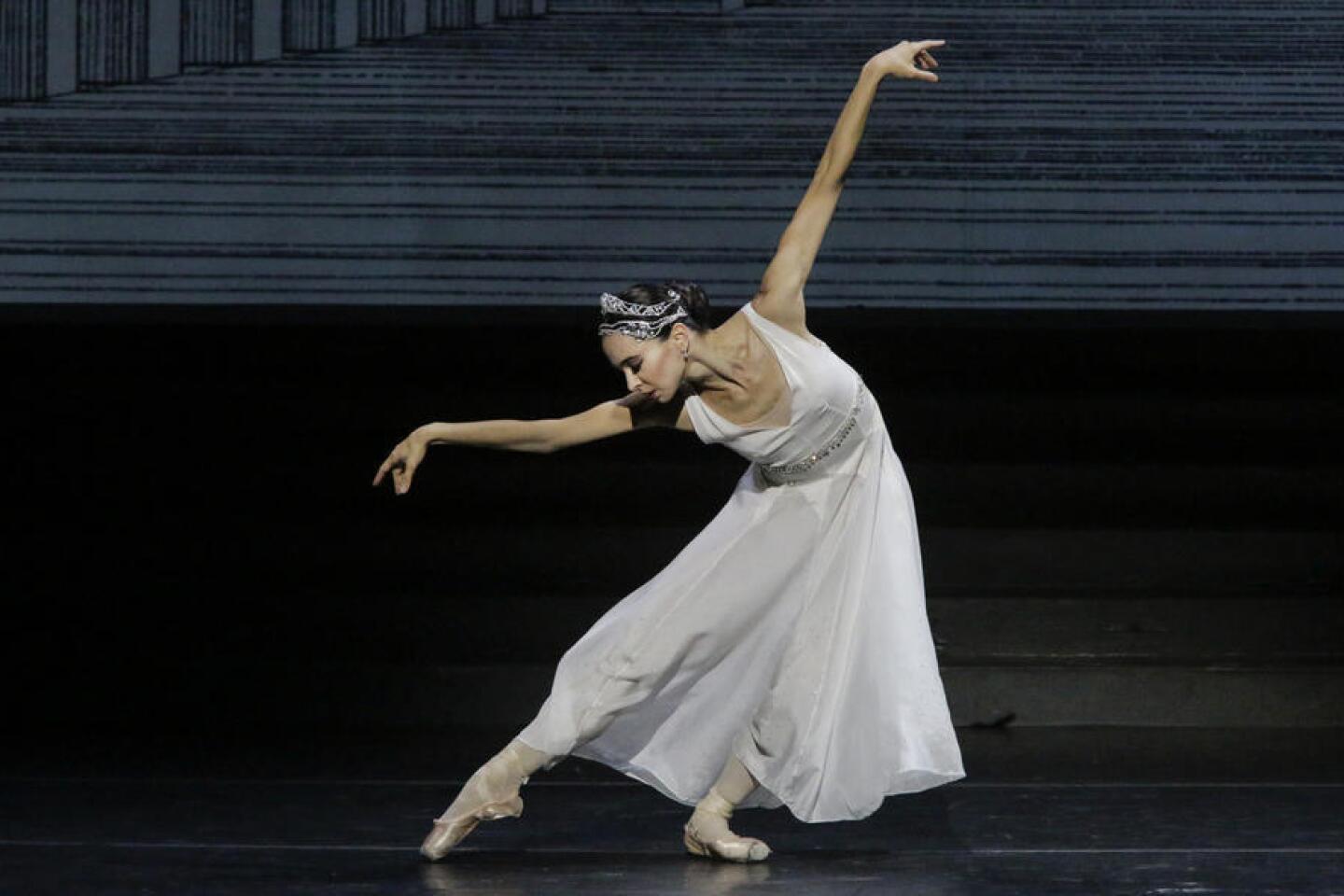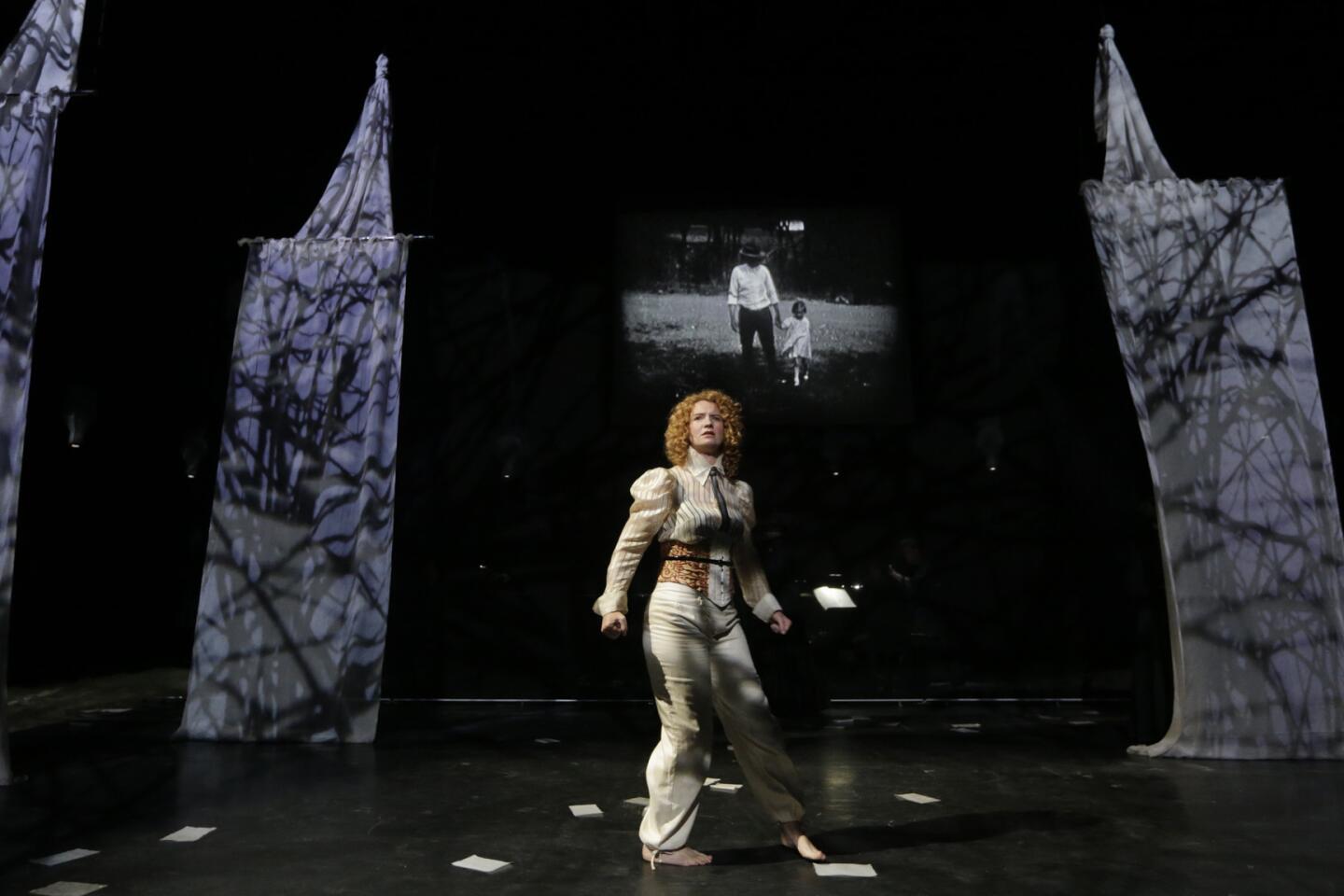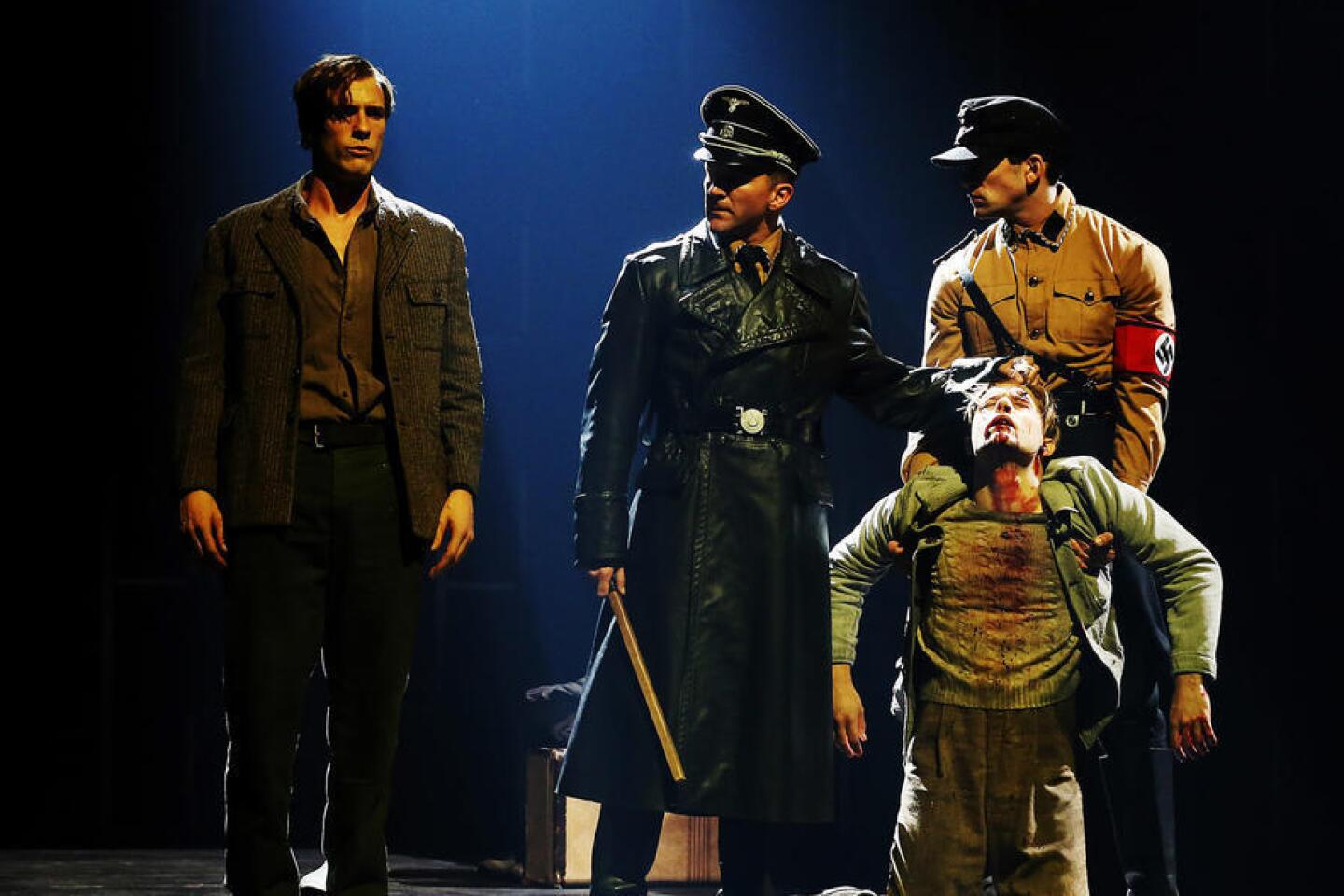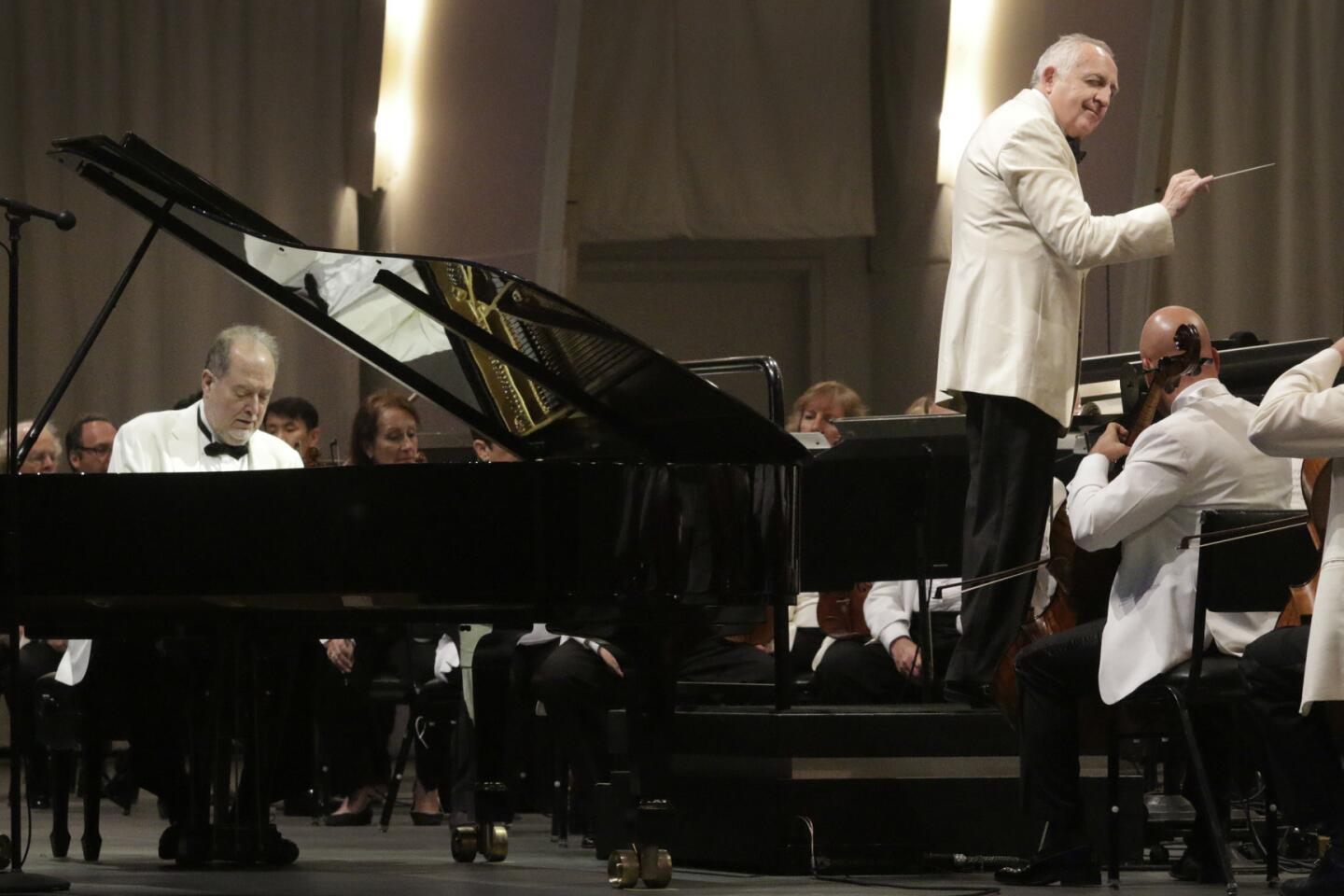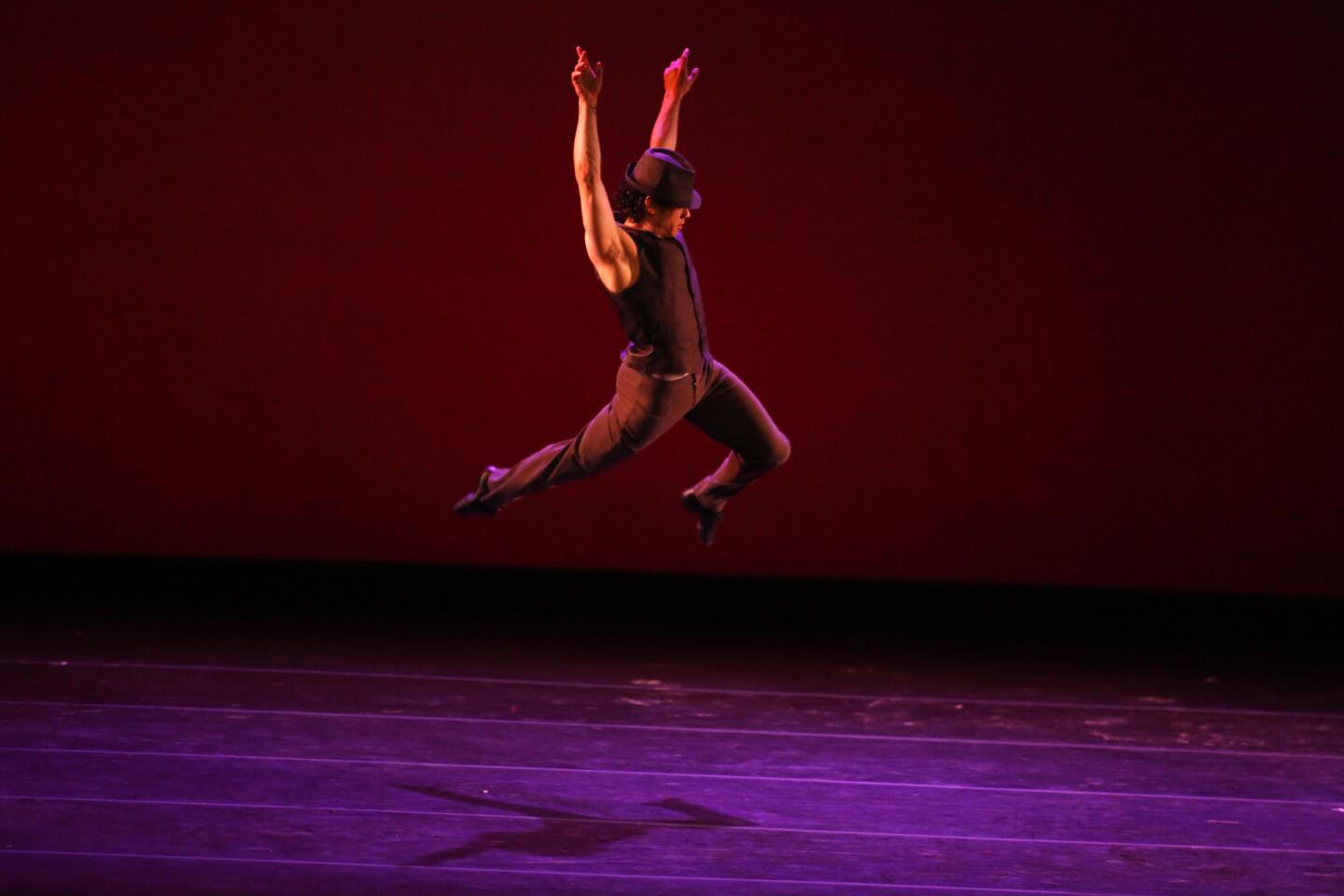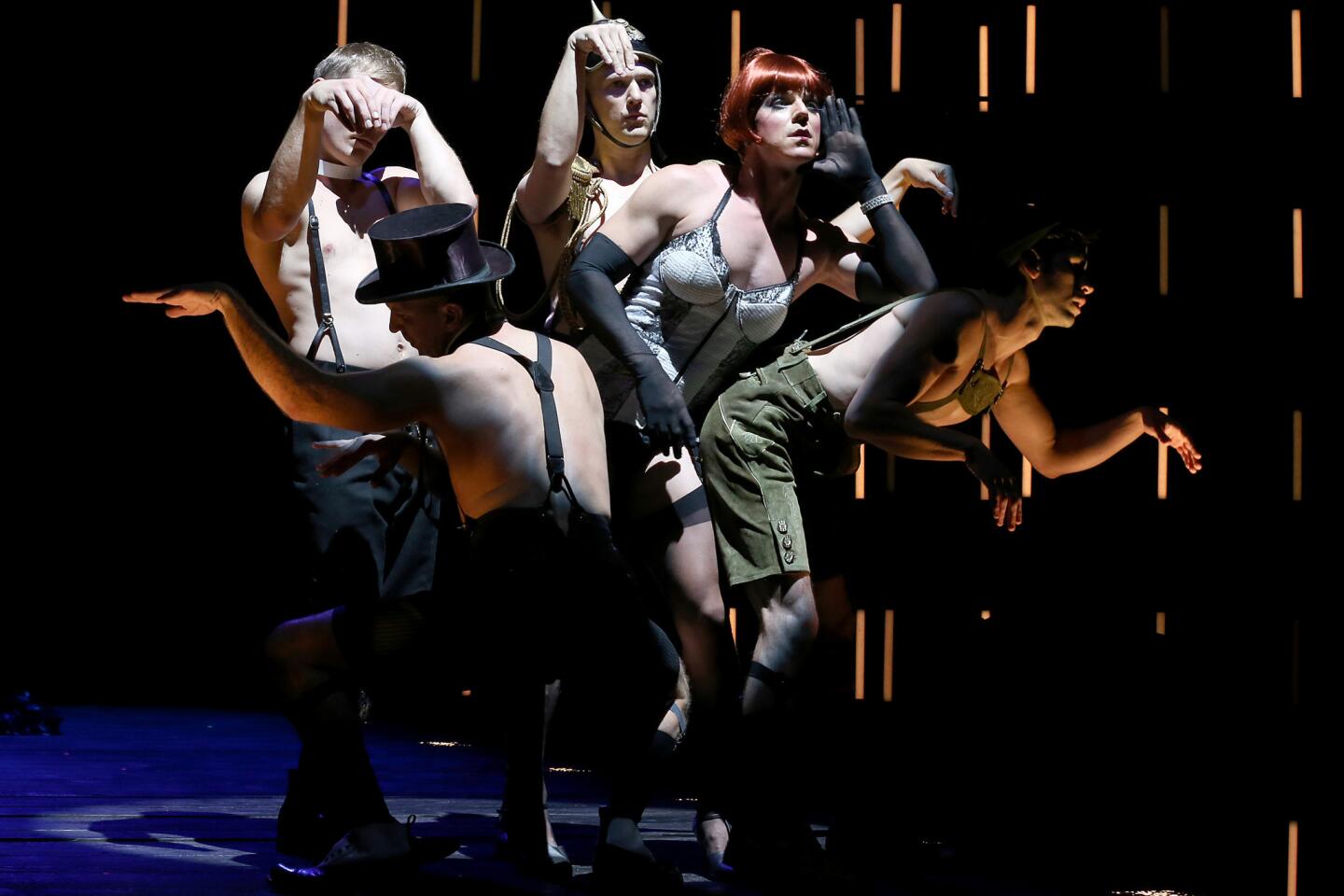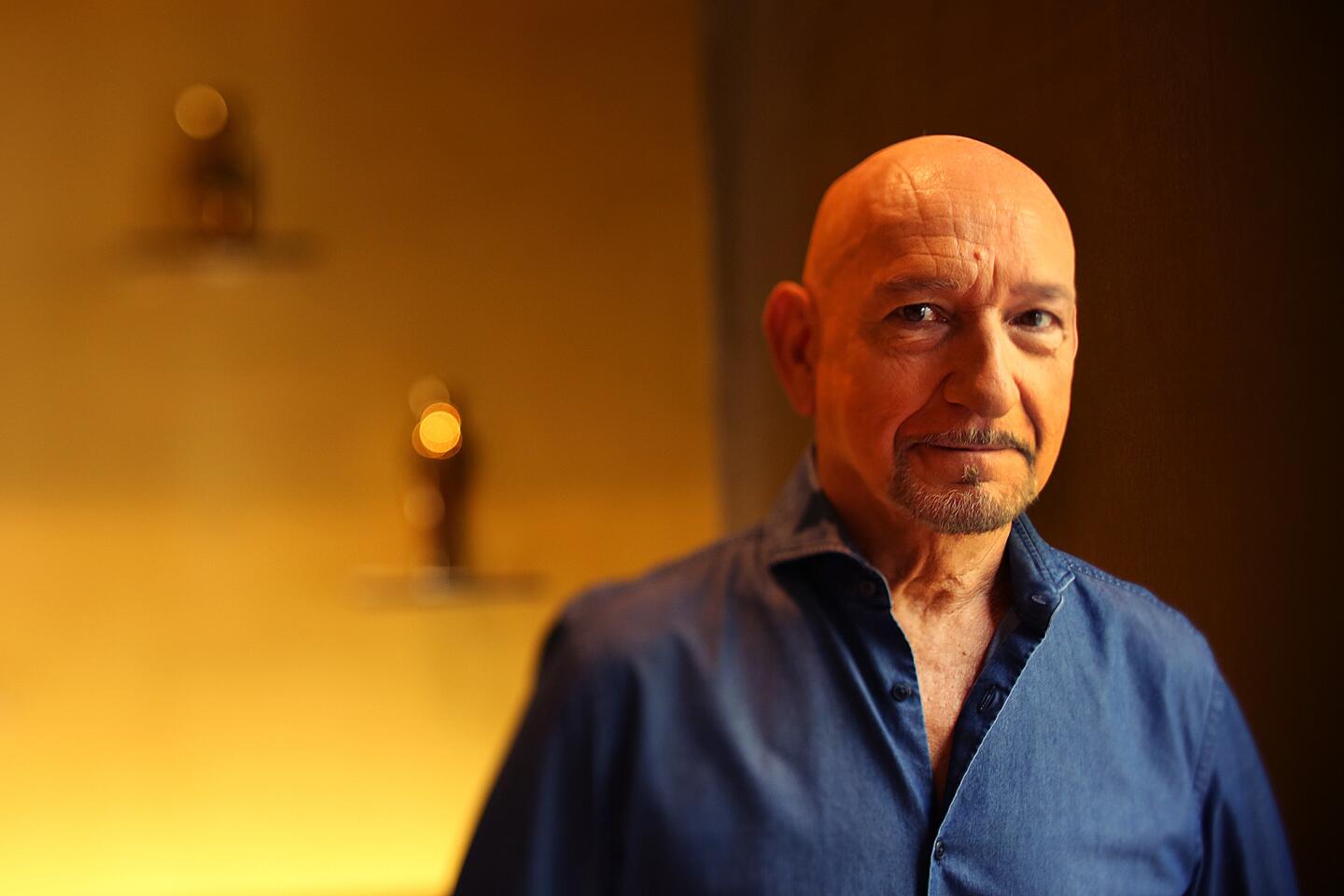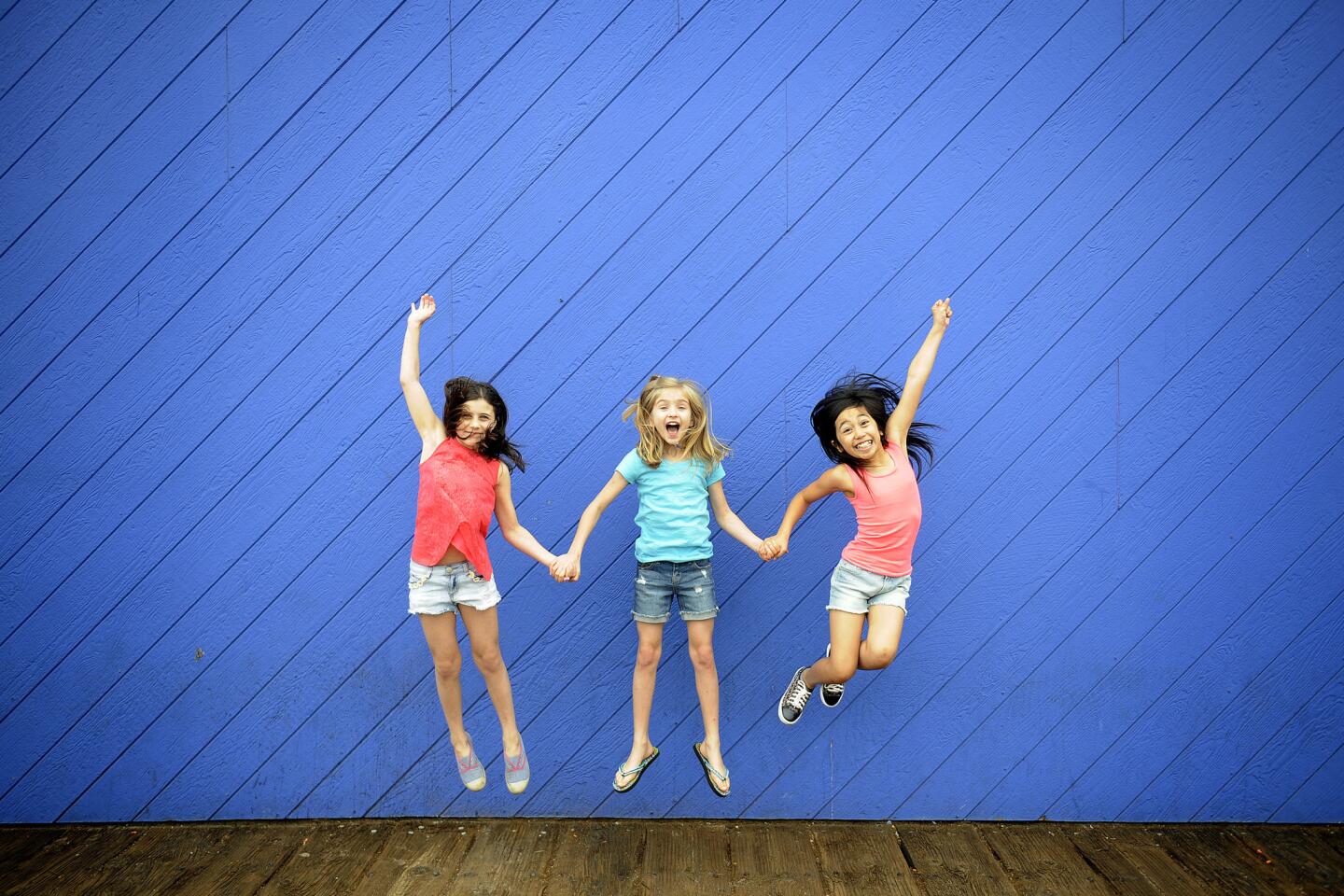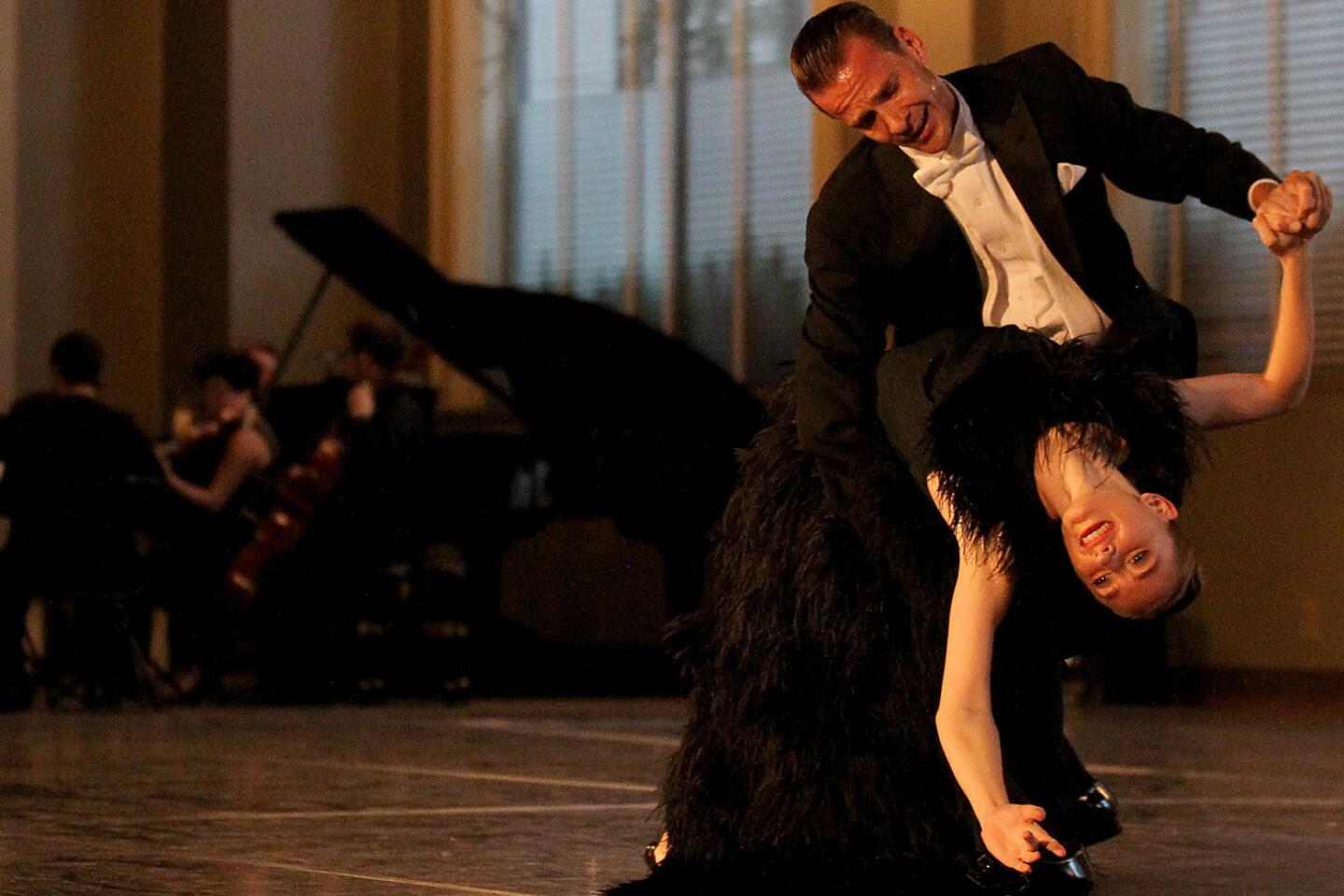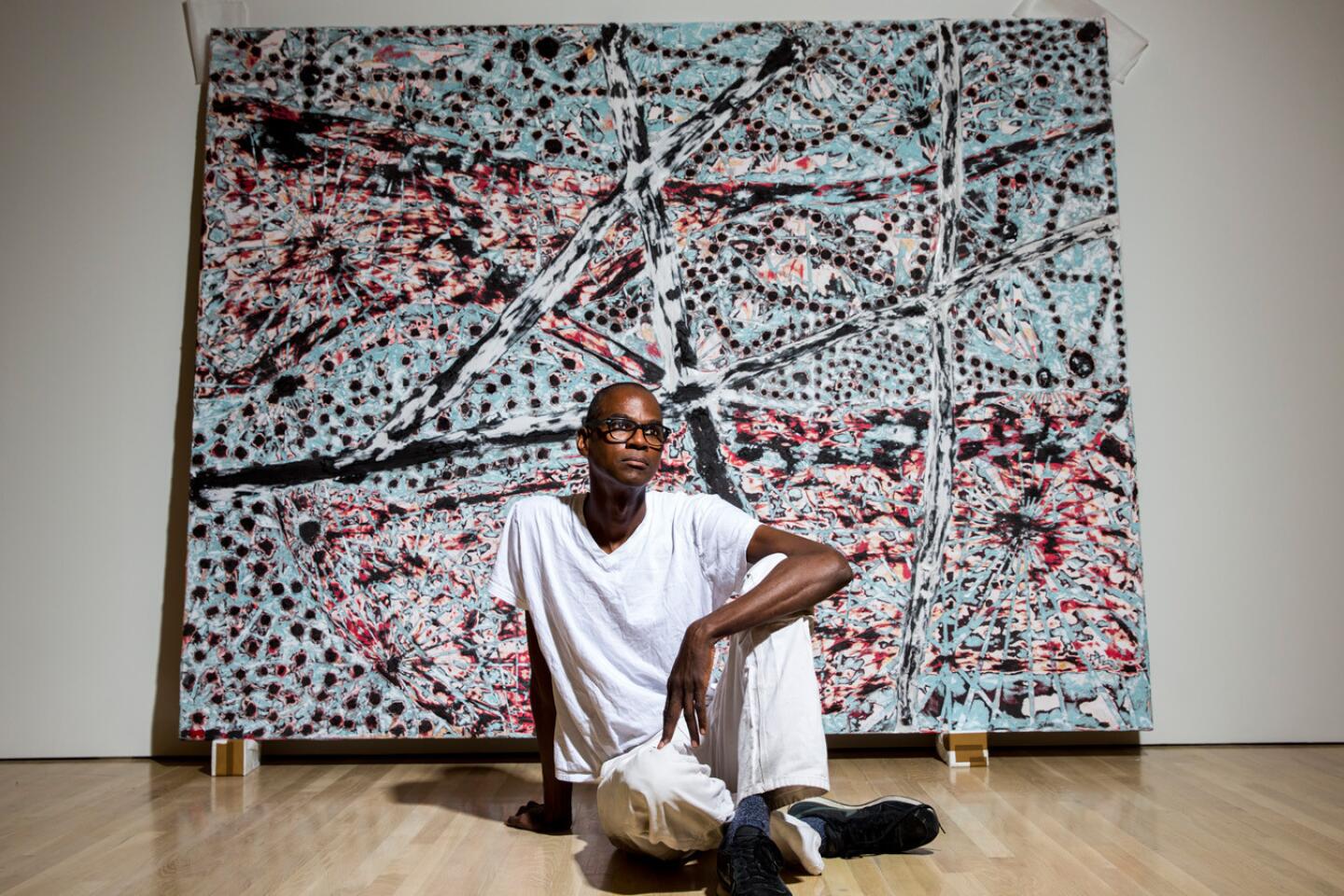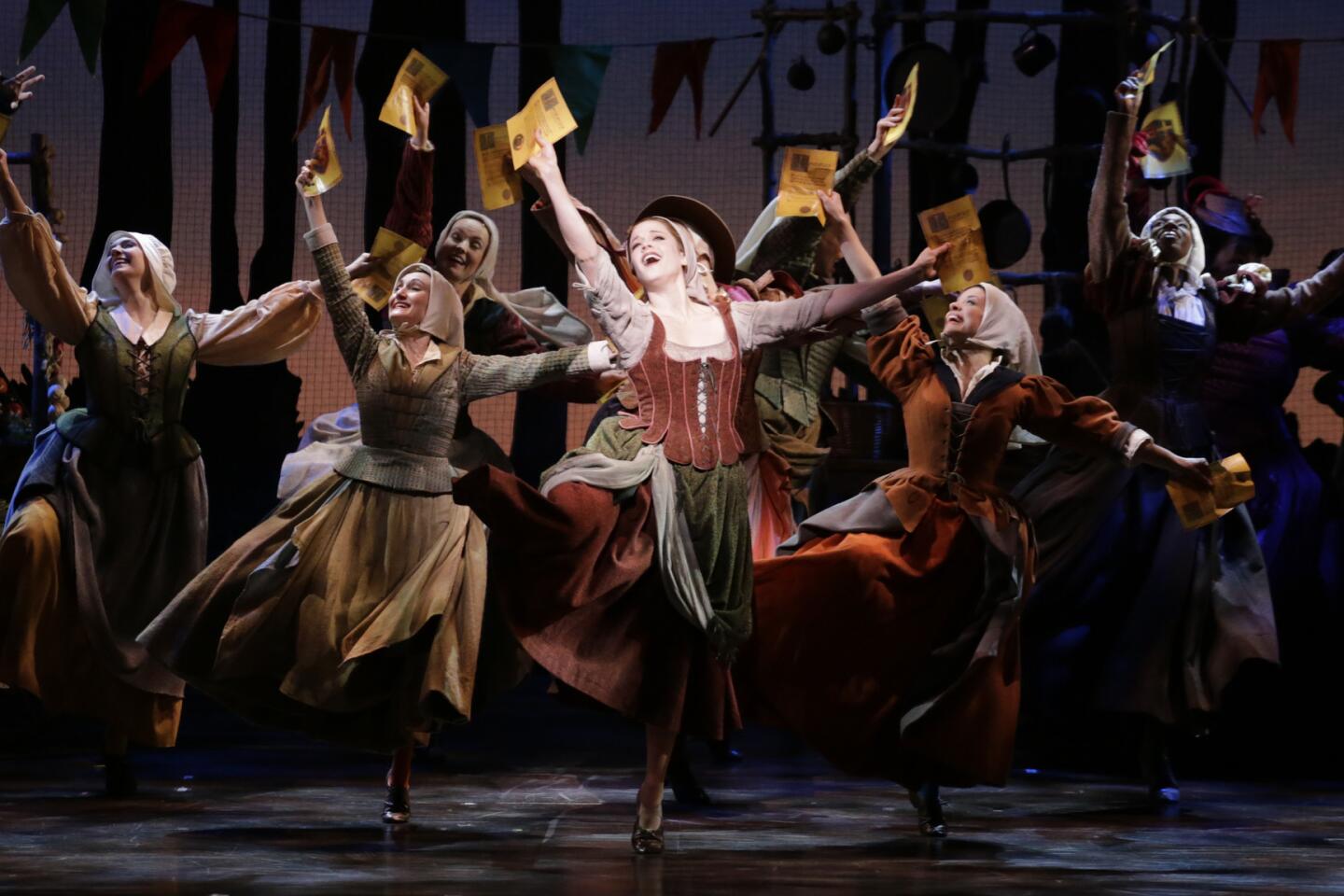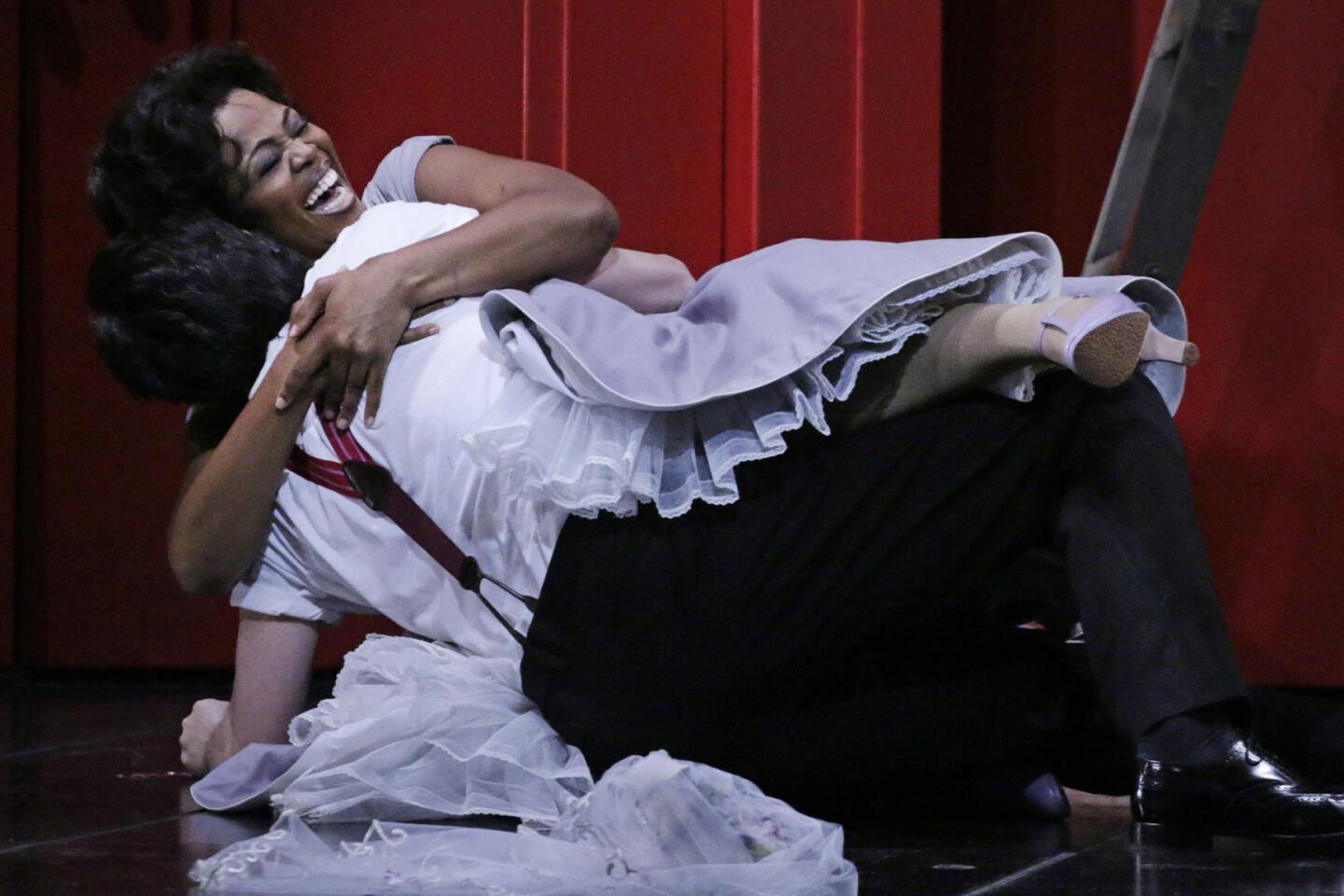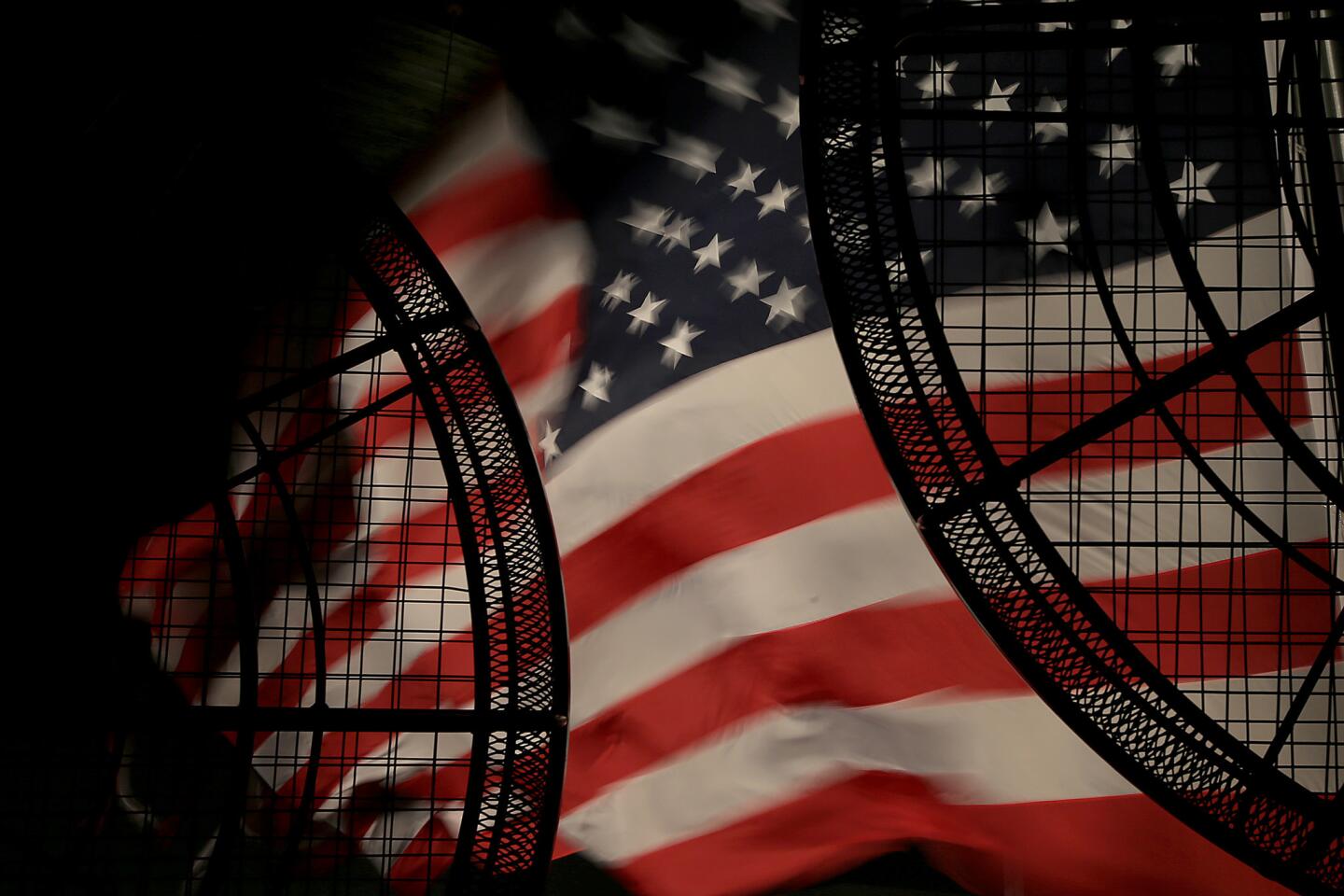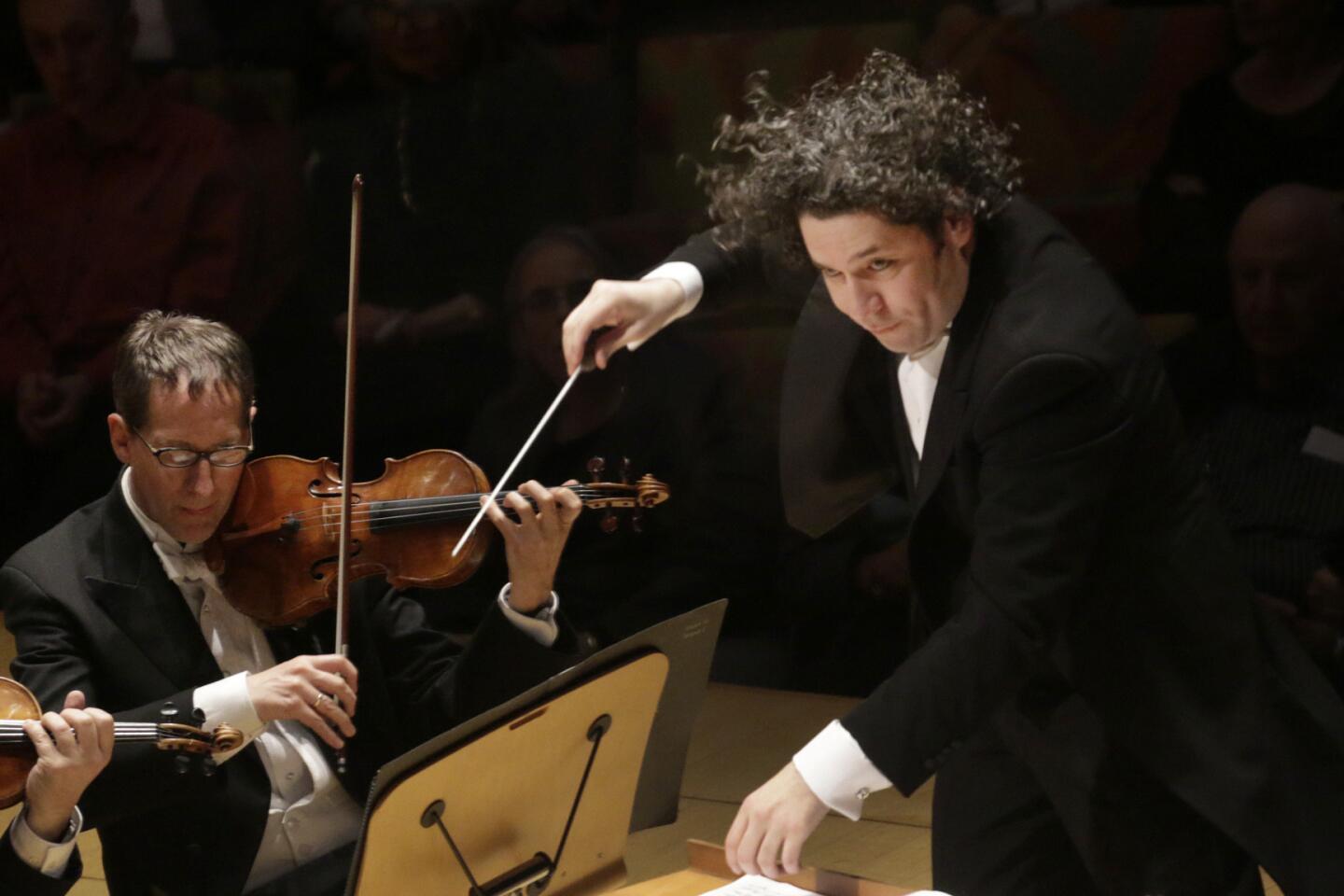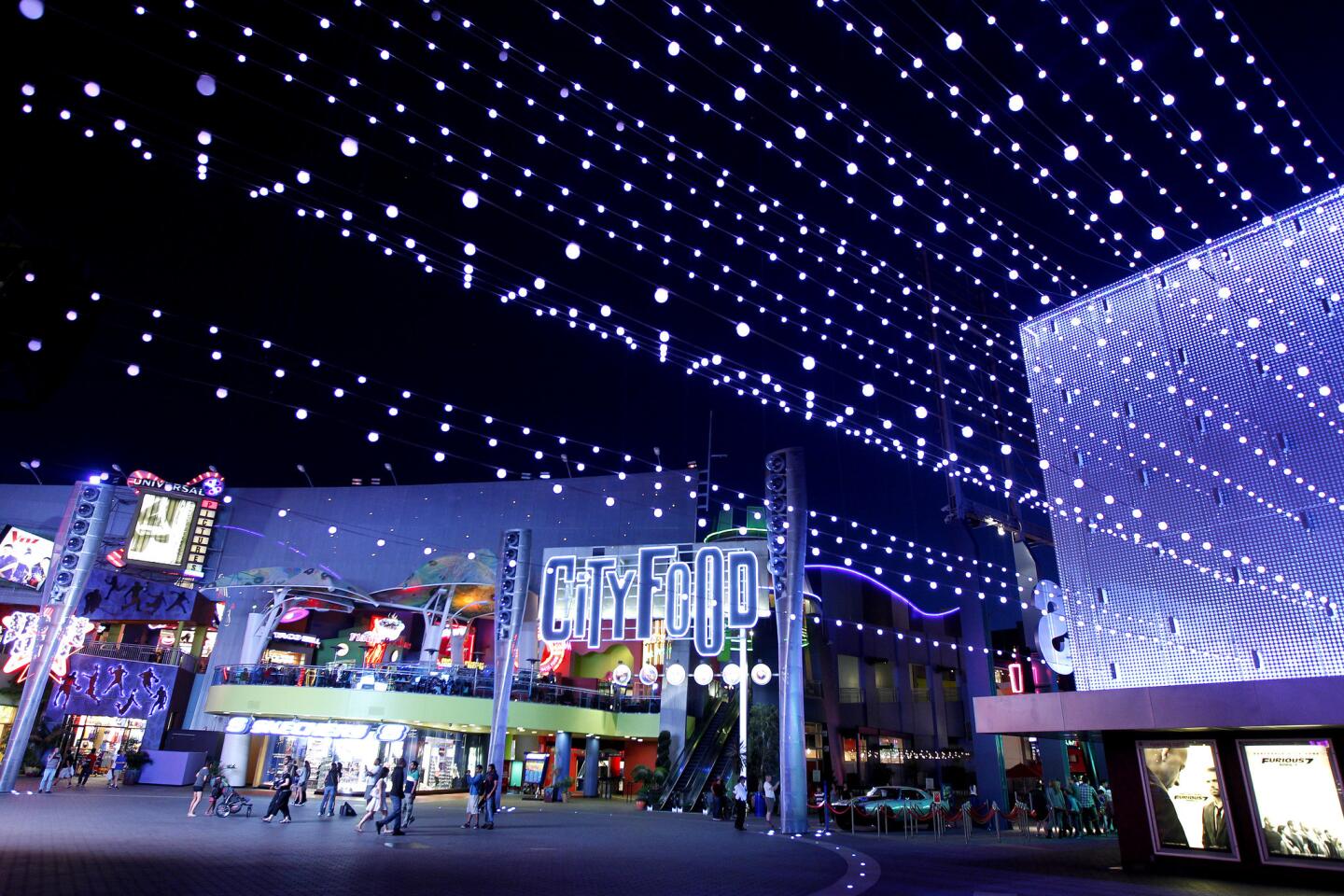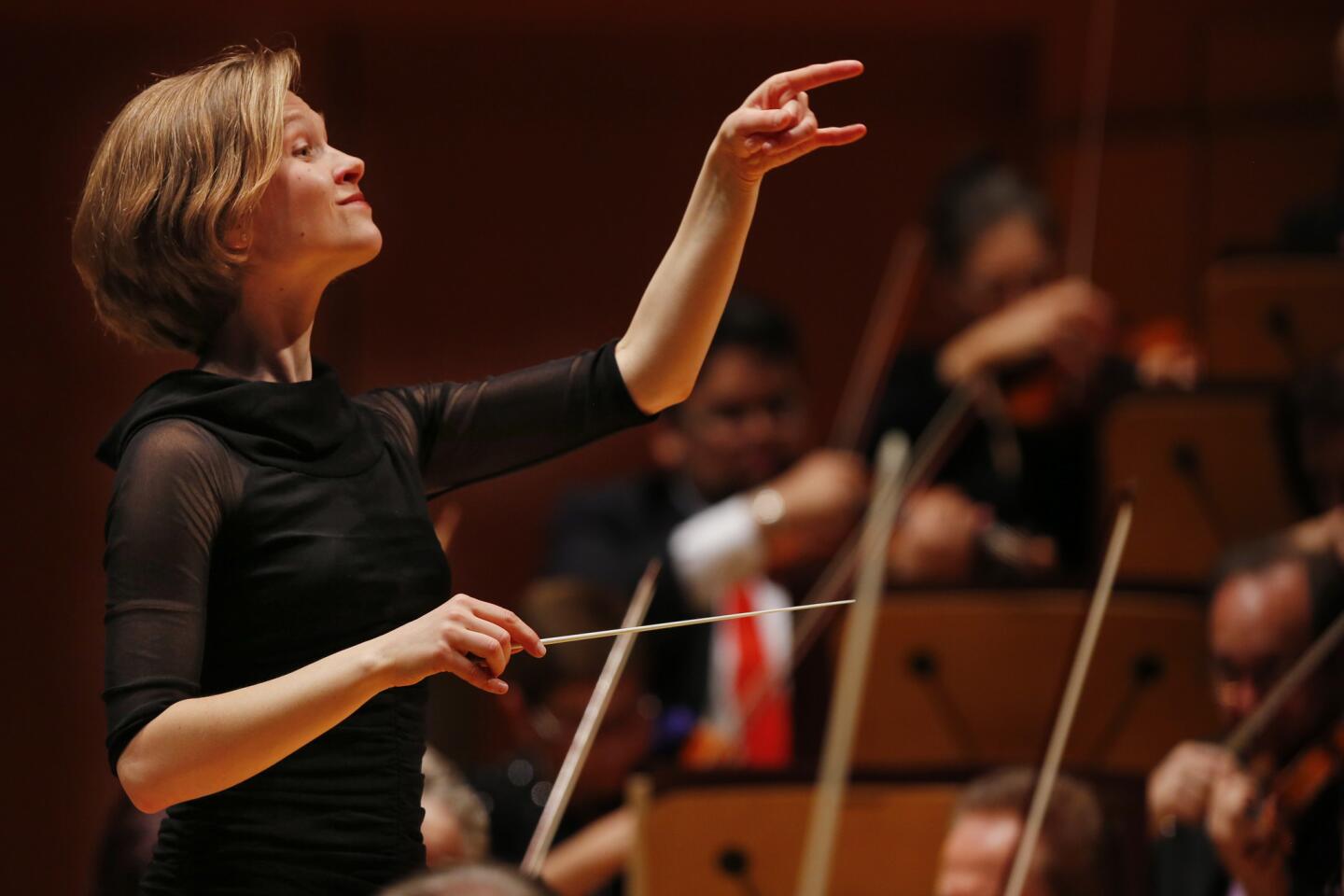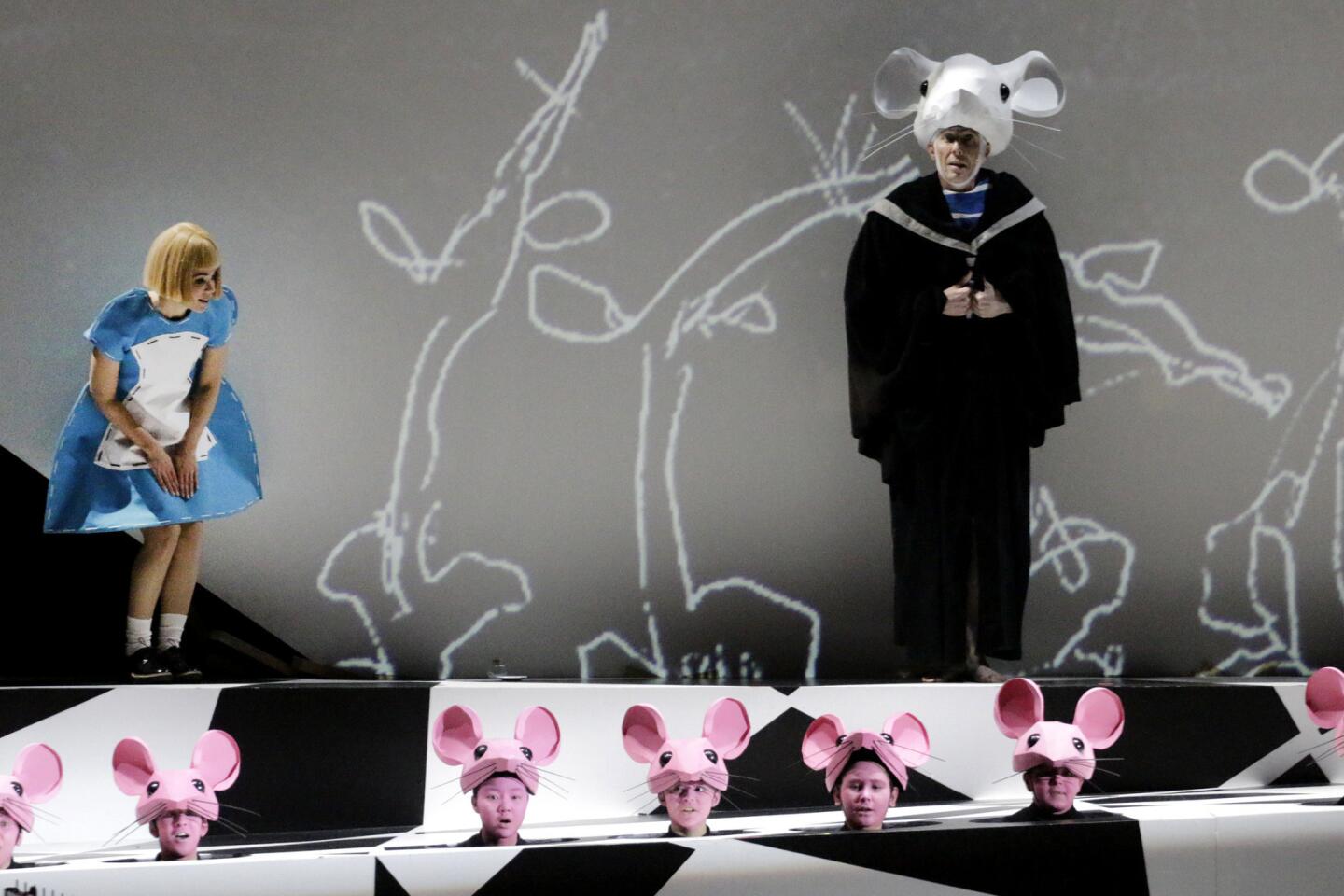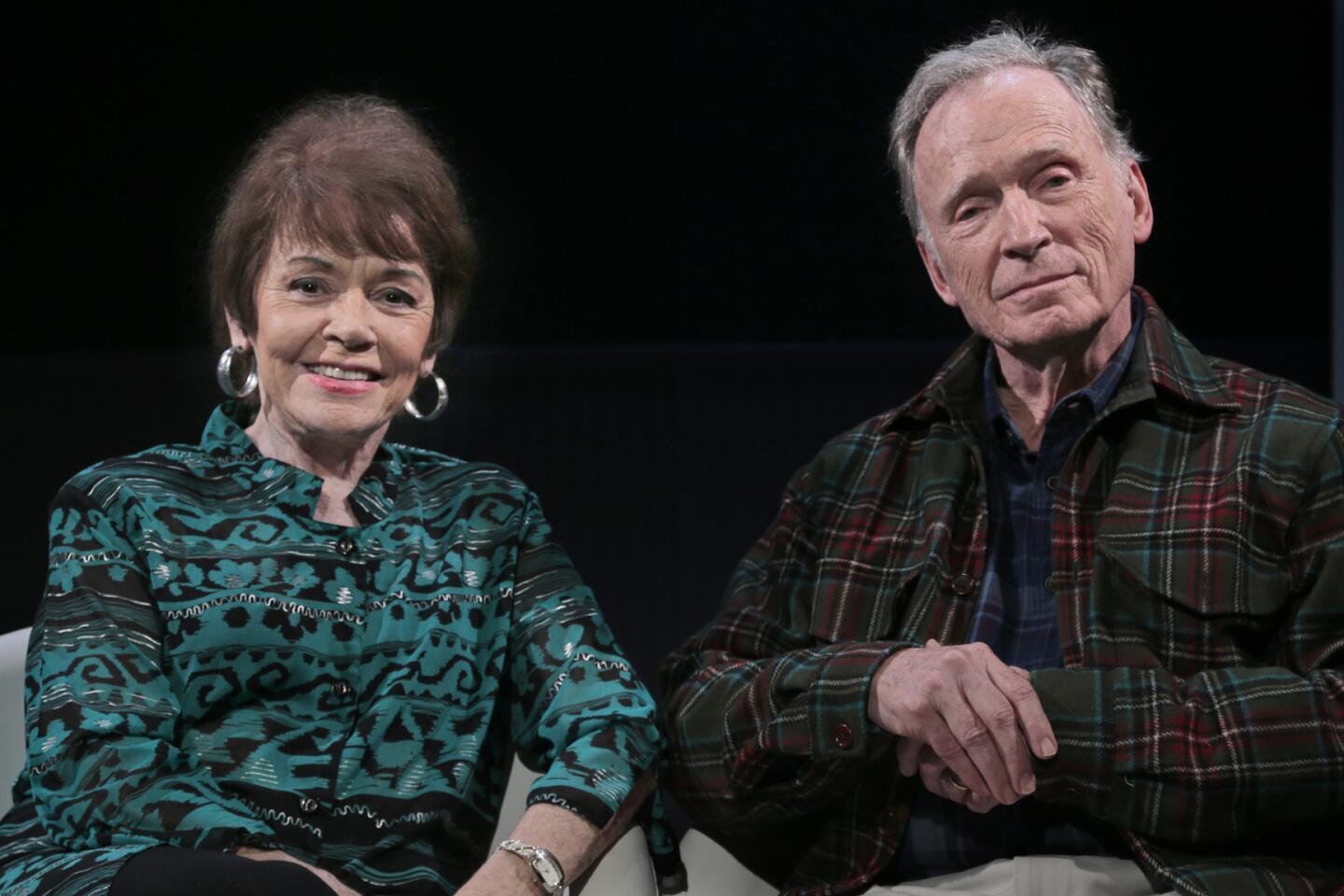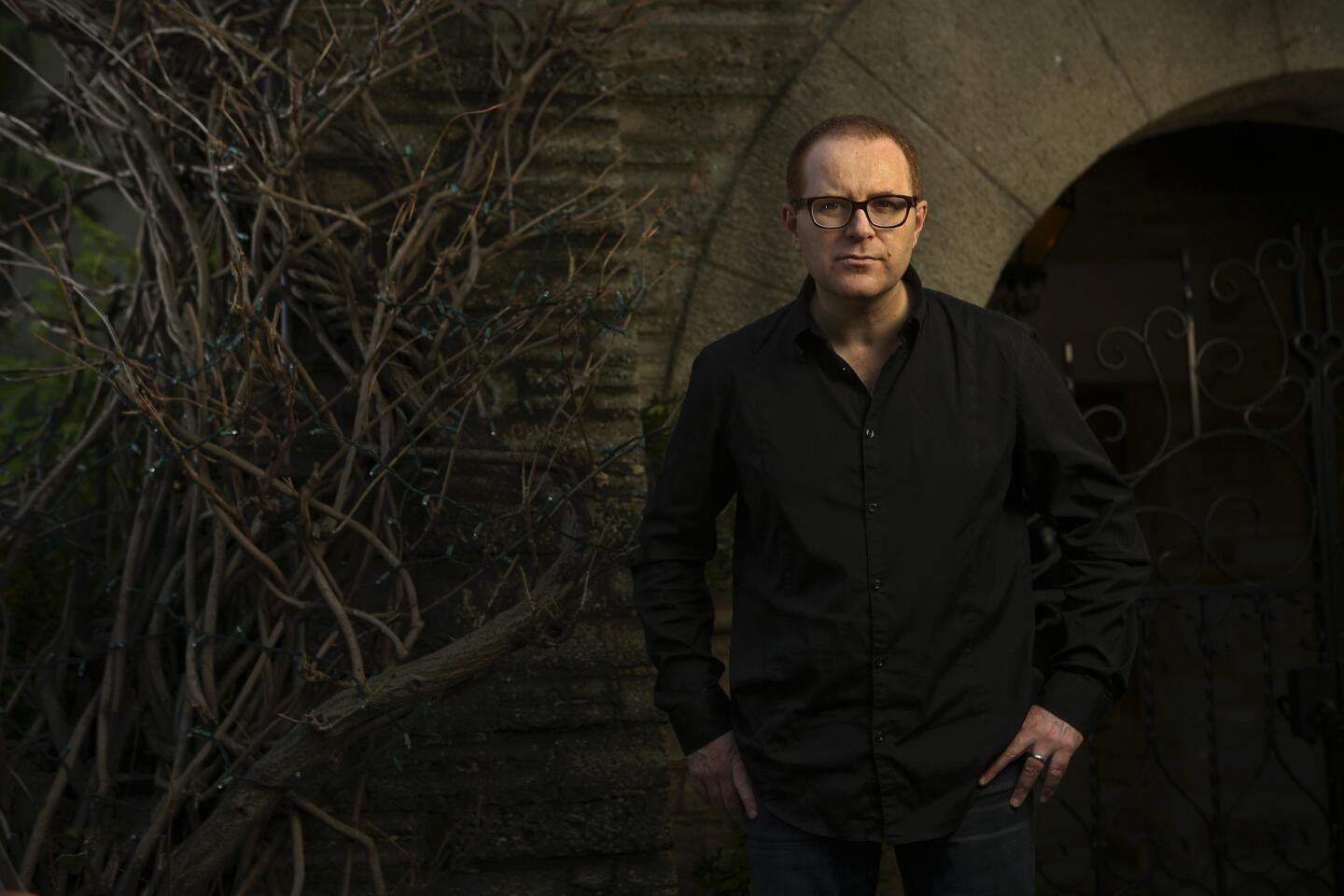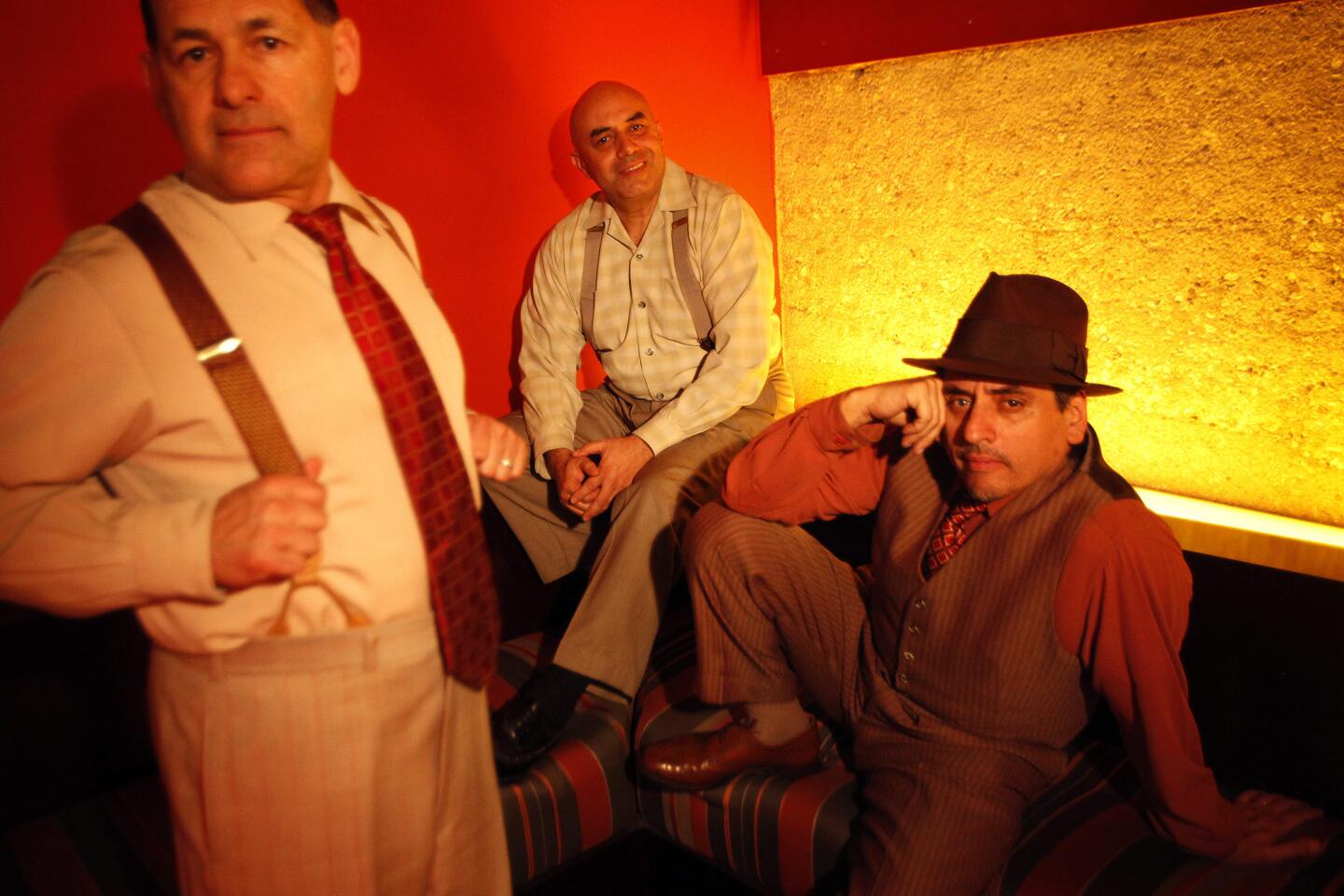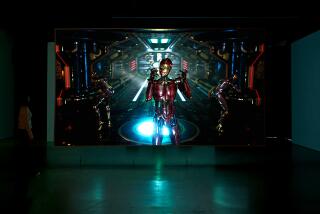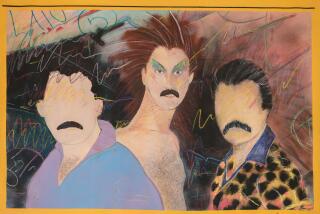Review: Identity transformed in the Fowler’s ‘Disguise: Masks and Global African Art’
“Disguise: Masks and Global African Art” is an exhibition about identity, which is unremarkable when questions of identity have been front and center for artists for more than a quarter-century.
What makes the show somewhat distinctive, though, is that it’s focused on contemporary iterations of an ancient tradition familiar to many cultures — classical Greek or Japanese Noh drama, annual American Halloween hysteria, adornments for Sepik River boats in Papua, New Guinea, and more. It is focused on masks. A mask can amplify identity, animate it, conceal it or provide a spiritual pathway for its wearer’s wholesale transformation.
See more of Entertainment’s top stories on Facebook >>
The 10 artists at the center of the show, organized by the Seattle Art Museum and on view at the Fowler Museum at UCLA, mostly aim for transformation. Most were born or now work in the United States, but Kenya, South Africa, Nigeria, Great Britain, Japan and Canada are also home, past or present. Evoking personal heritage, African masks are their common touchstone.
Perhaps unexpectedly, so is technology. Beyond carved wood, woven raffia or shaped clay, most of these artists have employed cameras, both still and video, to construct their masks. Frequently, sophisticated digital programs are also brought into play.
We might think of African masks as artifacts of the countryside, but not here. More than half the world’s people now reside in cities, up from just a third in 1960. These artists represent ongoing global population shifts.
The show’s two most compelling works are tech-heavy extravaganzas. Masking seems intrinsic to the experience of digitally savvy work by Saya Woolfalk and Jacolby Satterwhite.
Woolfalk, who was born in Japan, offers a room-size, pseudo-ritual diorama that has painted walls and platforms and is populated by elaborately masked and costumed mannequins. There are multiple video projections, primarily abstract, as well as a rhythmic electronic score.
The eccentric mannequins are cross-cultural. Elements of African and Buddhist style are woven into their colorful, hand-crafted robes. The assembly suggests masked female priests at a mysterious religious shrine with whirling pop mandalas where visions from beyond might safely land. Call it Transcendental Psychedelia, perhaps.
Buddhism is a teensy spiritual practice in Africa. The installation, titled “ChimaTEK: Avatar Download Station and Virtual Chimeric Space,” is a playful site for mashing up apparent contradictions and incongruities. The simplest is that traditional African masks are made by men, while Woolfalk’s whimsical installation was created with input from a fictional group of women. She calls them Empathics.
How (or even if) this was actually carried out is secondary. Being open to the thoughts and feelings of others — that is, being empathic — signals that Woolfalk’s concept of identity is neither monolithic nor static.
Nor does transformation involve shifting from one fixed state to another. Instead, she proposes that identity is porous and fluid.
That fluidity takes a wild, inventive and finally spellbinding leap in Satterwhite’s animated 3-D video, “Country Ball 1989-2012.” The artist emerges as a hip-hop Hieronymus Bosch.
The video’s scenario is nearly impossible to describe, except as 12 ½ minutes of rhythmic audio-visual noise incorporating a mind-bending phalanx of masked dancers, florid cake designs, business cards sliding into a giant wallet, picnic games, an enormous royal throne, Kentucky Fried Chicken packaging, a visit to a distant galaxy somewhere out in the Milky Way and more.
Infectious joy and laughter burbles on the musical soundtrack.
You would never know from watching, but Satterwhite started the wacky, visual tour-de-force with a group of drawings his mom made a quarter-century ago at a family Mother’s Day outing. According to the artist, he fed the drawings, some green-screen video of his masked body dancing and other assorted materials into 3-D animation programs.
He aptly characterizes the result as a fantastic “garden of earthly delights.” Satterwhite’s own identity dissolves into digital ether, where it gets reconstituted into something thoroughly, ecstatically imaginative.
These two works — Woolfalk’s installation and Satterwhite’s video — go furthest out on the masking limb that “Disguise” explores. Others are more modest, including conventional documentary and staged performance photographs by Wura-Natasha Ogunji and Zina Saro-Wiwa.
The show’s mask connection can also be rather loose, as in Emeka Ogboh’s ambient electronic music. He composed the gentle composition from traditional percussion and flute melodies used by Nigeria’s Igbo people during masked performances.
Nandipha Mntambo has made a wall relief from a spotted cowhide, its veiled reference to a hunting trophy — a male talisman — fused with crumpled forms that loosely suggest a haunted mask, itself the province of men. Since the artist is a woman, the implied transformation is doubled.
Nearby, a photograph casts Mntambo as a toreador — a classic Pablo Picasso role enacting grandiose masculinity. Slyly, she titled the self-portrait “Praça de Touros,” and a bull ring it is: She’s swathed herself in cowhide, becoming an artist as ritual predator and victim rolled into one.
Jakob Dwight rearranges colorful, digital data-streams from a crashed computer program into buzzing, mask-like abstract shapes. Floating in black space, these nominal “heads” suggest a cross between African masks and Ed Paschke’s well-known paintings, inspired by TV sets on the fritz.
Elsewhere, neon signage and security razor wire also turn up. The materials emphasize art’s urban orientation today.
Brendan Fernandes rendered the contours of traditional African masks in flashing hues to make pop-neon “wall drawings.” Commerce intrudes on spiritual traditions in what amounts to cheerful shop signs, as Fernandes wryly lampoons entrenched fantasies about so-called primitive art.
Walter Oltmann weaves elaborate full-size masks and doll-size models of body suits from aluminum or brass wire rather than natural materials. Sometimes dramatic loops of razor wire are worked into the tightly coiled composition, adding an element both decoratively elegant and emphatically defensive.
Historians often point to Picasso’s appropriation of African masks for the faces of prostitutes in his landmark 1907 painting “Les Demoiselles d’Avignon” an ambitious, even stunned response to Henri Matisse’s fierce “Blue Nude,” who reclines in a jungle setting. Together these paintings launched 20th century Modernism.
Usually cited as influential are the masks’ formal stylizations, which Picasso saw up-close in Paris’ ethnographic museum. But for the revolution that was underway in a thoroughly Modern conception of art there’s reason to suggest that African masks meant more than that.
“Disguise” smartly insists on two things. Not only were the powerfully inventive styles of African masks a key to Western art’s transformation; so were those masks’ formidable, identity-altering functions — which are still operative today.
------------
‘Disguise: Masks and Global African Art’
Where: UCLA Fowler Museum, 308 Charles E. Young Drive N., Los Angeles
When: Through March 13; closed Mondays and Tuesdays
Info: (310) 825-4361, www.fowler.ucla.edu
christopher.knight@latimes.com
More to Read
The biggest entertainment stories
Get our big stories about Hollywood, film, television, music, arts, culture and more right in your inbox as soon as they publish.
You may occasionally receive promotional content from the Los Angeles Times.
